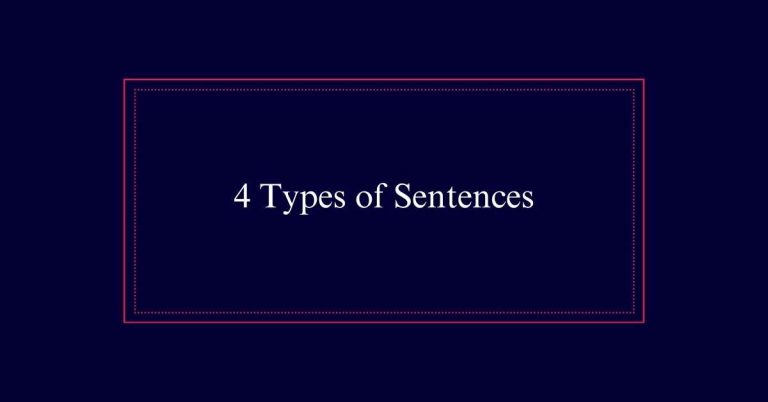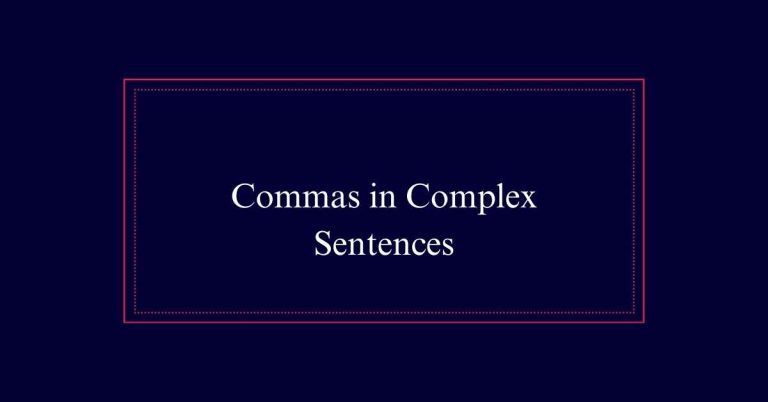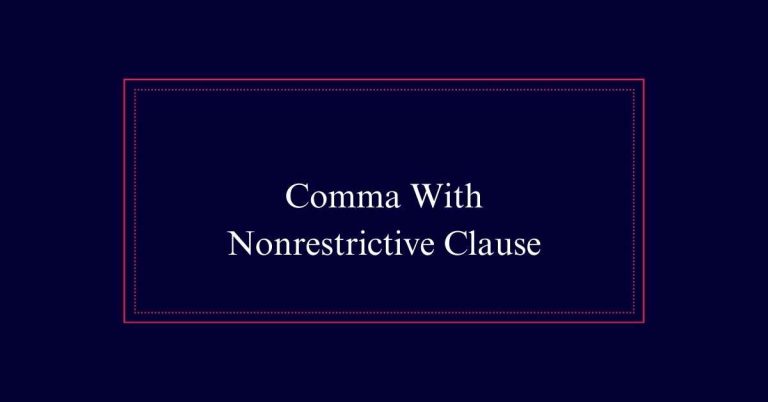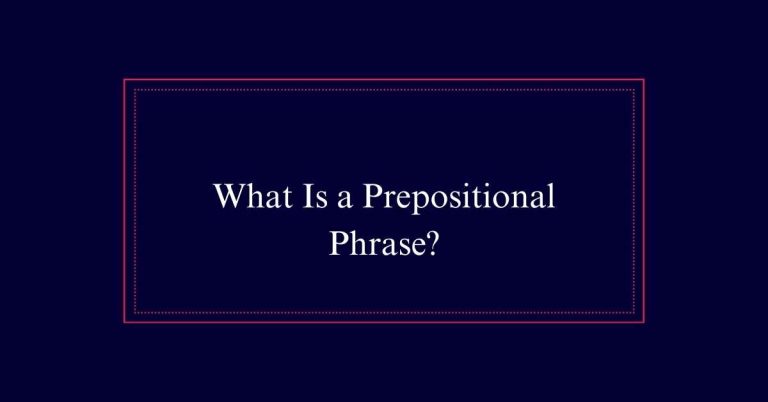Plural Nouns
Plural nouns signify more than one entity and follow specific rules for formation. Regular plural nouns typically add ‘s’ or ‘es’ to the singular form, such as ‘cats’ or ‘buses’. Nouns ending in a consonant plus ‘y’ change to ‘ies’ (e.g., ‘puppies’). Irregular plurals do not follow standard patterns, like ‘children’ or ‘feet’. Some nouns remain the same in both singular and plural forms, such as ‘deer’ and ‘sheep’. Collective nouns, representing a group, can be tricky as usage varies between British and American English.
Understanding Plural Nouns
Understanding plural nouns is essential for proper grammar and clear communication. A plural noun represents two or more entities.
Most plural nouns are formed by adding ‘s’ or ‘es’ to the singular form. For example, ‘books’ is the plural of ‘book,’ and ‘buses’ is the plural of ‘bus.’ However, some nouns have irregular plural forms, which do not follow standard rules. Examples include ‘child’ becoming ‘children’ and ‘foot’ becoming ‘feet.’
Collective nouns, like ‘team’ or ‘family,’ can also be pluralized, though they often function as singular units. Mass nouns, such as ‘information’ or ‘water,’ typically do not have plural forms.
Singular Vs. Plural Nouns
Singular nouns represent a single entity, while plural nouns indicate two or more entities. The difference between them is important for proper grammar usage. Singular nouns typically do not have any special ending, whereas plural nouns often add an ‘s’ or ‘es’ to indicate plurality.
Here are some key points to keep in mind:
- Regular Plurals: Most nouns become plural by adding ‘s’ (e.g., cat → cats).
- Irregular Plurals: Some nouns change entirely when pluralized (e.g., child → children).
- Unchanging Nouns: Certain nouns have the same form in both singular and plural (e.g., sheep → sheep).
Plural Vs. Possessive Nouns
Plural nouns and possessive nouns may look similar but serve distinct grammatical purposes. Plural nouns indicate more than one entity, such as ‘dogs’ or ‘books.’ They usually end in ‘s’ or ‘es’.
On the other hand, possessive nouns show ownership, like ‘dog’s leash’ or ‘book’s cover.’ Possessive nouns often end in an apostrophe followed by an ‘s’ (e.g., ‘cat’s’) or just an apostrophe if the noun is already plural (e.g., ‘cats”). This small punctuation mark makes a big difference.
How Plural Nouns Work
While possessive nouns indicate ownership, plural nouns focus on representing more than one entity.

Regular plural nouns generally add an ‘s’ to the end of the word, but there are exceptions and special cases. Some nouns change their form entirely when pluralized, known as irregular plural nouns. Additionally, certain nouns, such as collective nouns and mass nouns, follow unique rules regarding pluralization.
Here are three key points to keep in mind:
- Regular Plurals: Typically add ‘s’ or ‘es’ to the noun.
- Irregular Plurals: Have unique plural forms that must be memorized.
- Collective and Mass Nouns: Often do not change or have special rules.
Regular Pluralization Rules
To form regular plural nouns, you typically add ‘s’ or ‘es’ to the end of the singular noun. For most nouns, simply add ‘s’. For example, ‘book’ becomes ‘books’ and ‘car’ becomes ‘cars’.
If the noun ends in ‘s’, ‘x’, ‘z’, ‘ch’, or ‘sh’, you add ‘es’. For instance, ‘bus’ becomes ‘buses’ and ‘box’ becomes ‘boxes’.
Nouns ending in a consonant followed by ‘y’ change the ‘y’ to ‘i’ and add ‘es’, such as ‘baby’ to ‘babies’.
If the noun ends in a vowel followed by ‘y’, just add ‘s’, like ‘key’ to ‘keys’.
Irregular Plural Forms
Irregular plural forms deviate from standard pluralization rules and often require memorization. Unlike regular plurals that typically add -s or -es, irregular plurals follow unique patterns. These forms do not conform to a single rule and therefore must be learned individually.
Here are three common examples:
- Child becomes children: The word changes entirely, not just in its ending.
- Foot becomes feet: The internal vowel changes, transforming the singular into its plural.
- Mouse becomes mice: Similar to ‘foot,’ the internal vowels shift to create the plural.
Pluralizing Collective Nouns
Collective nouns can be pluralized to indicate multiple groups or collections. A collective noun represents a group of individuals or things as a single entity. When pluralized, it refers to more than one such group. For example, “team” becomes “teams,” indicating multiple teams. The same rule applies to other collective nouns.
Here is a table illustrating some examples:
| Singular Collective Noun | Plural Collective Noun |
|---|---|
| Team | Teams |
| Flock | Flocks |
| Family | Families |
| Committee | Committees |
| Class | Classes |
Non-Plural Mass Nouns
Mass nouns, often referred to as uncountable nouns, cannot be pluralized because they represent substances or concepts that are not easily counted. These nouns describe items that do not have a distinct boundary or individual units. For example, ‘water’ and ‘information’ are considered mass nouns. They do not typically have a plural form and are used with singular verbs.
In English, mass nouns include:
- Substances: These are materials or elements, such as ‘sand,’ ‘rice,’ and ‘oil.’
- Abstract Concepts: These are intangible ideas or qualities, such as ‘advice,’ ‘knowledge,’ and ‘happiness.’
- Collective Nouns: These describe groups or collections, such as ‘furniture,’ ‘luggage,’ and ‘equipment.’
Example of Plural Nouns
Examples of plural nouns help illustrate the rules and variations in forming plurals. Regular plural nouns usually add ‘s’ or ‘es’ to the singular form. For instance, ‘cat’ becomes ‘cats’ and ‘box’ becomes ‘boxes’.
Nouns ending in ‘y’ change to ‘ies’, like ‘baby’ to ‘babies’. Irregular plural nouns follow unique patterns. ‘Child’ becomes ‘children’ and ‘foot’ becomes ‘feet’.
Some nouns remain unchanged, such as ‘sheep’ and ‘series’. Compound nouns form plurals by pluralizing the main word, as in ‘mothers-in-law’.
Singular and Plural Differences
Understanding the differences between singular and plural nouns is fundamental to mastering English grammar. Singular nouns refer to one entity, while plural nouns denote two or more. The transformation from singular to plural is often straightforward but can have exceptions.
Below are key distinctions:
- Regular Plurals: Most nouns form their plural by adding ‘-s’ or ‘-es’ (e.g., ‘cat’ becomes ‘cats,’ ‘box’ becomes ‘boxes’).
- Irregular Plurals: Some nouns have unique plural forms (e.g., ‘child’ becomes ‘children,’ ‘foot’ becomes ‘feet’).
- Unchanging Forms: Certain nouns retain the same form in both singular and plural cases (e.g., ‘sheep,’ ‘deer‘).







